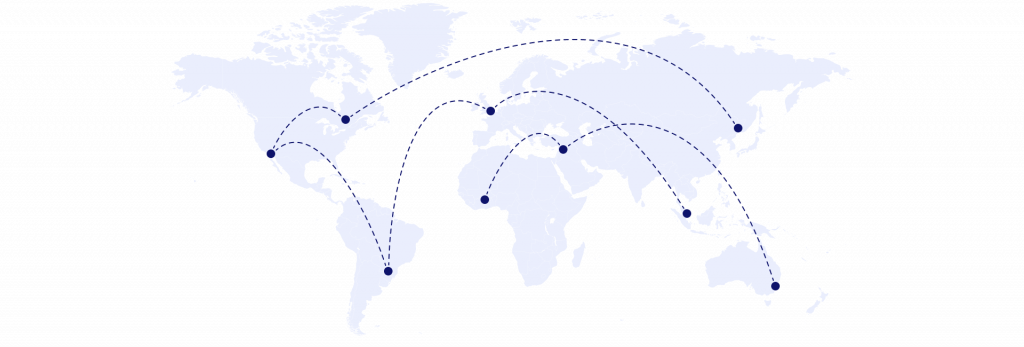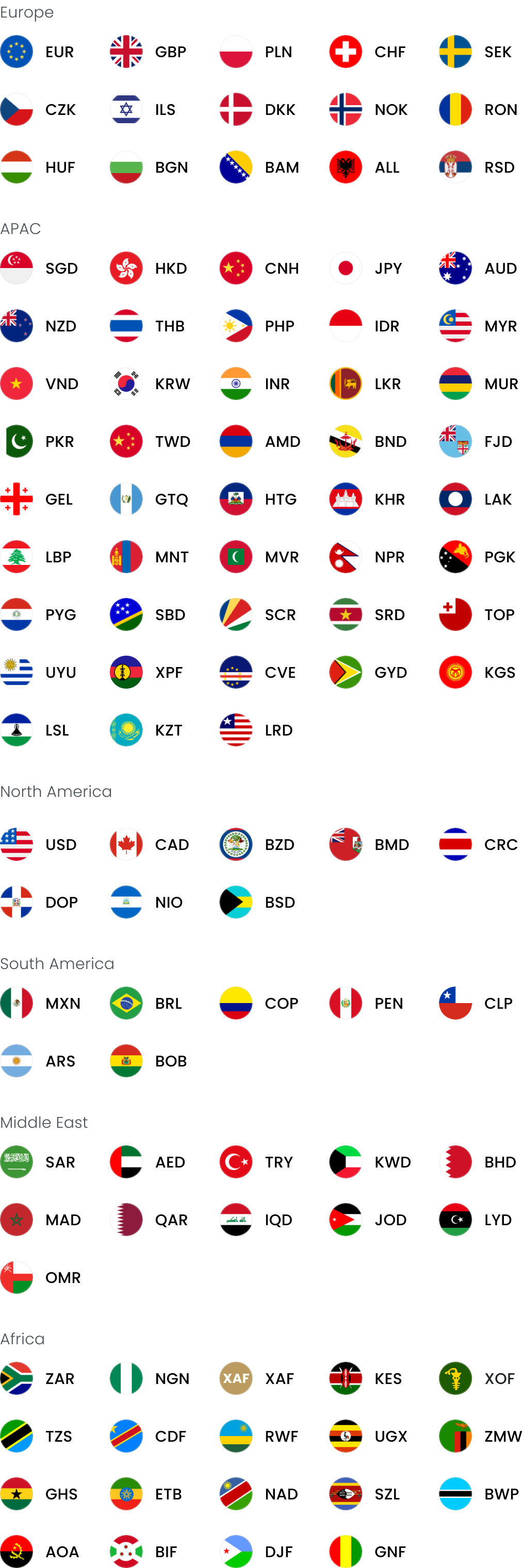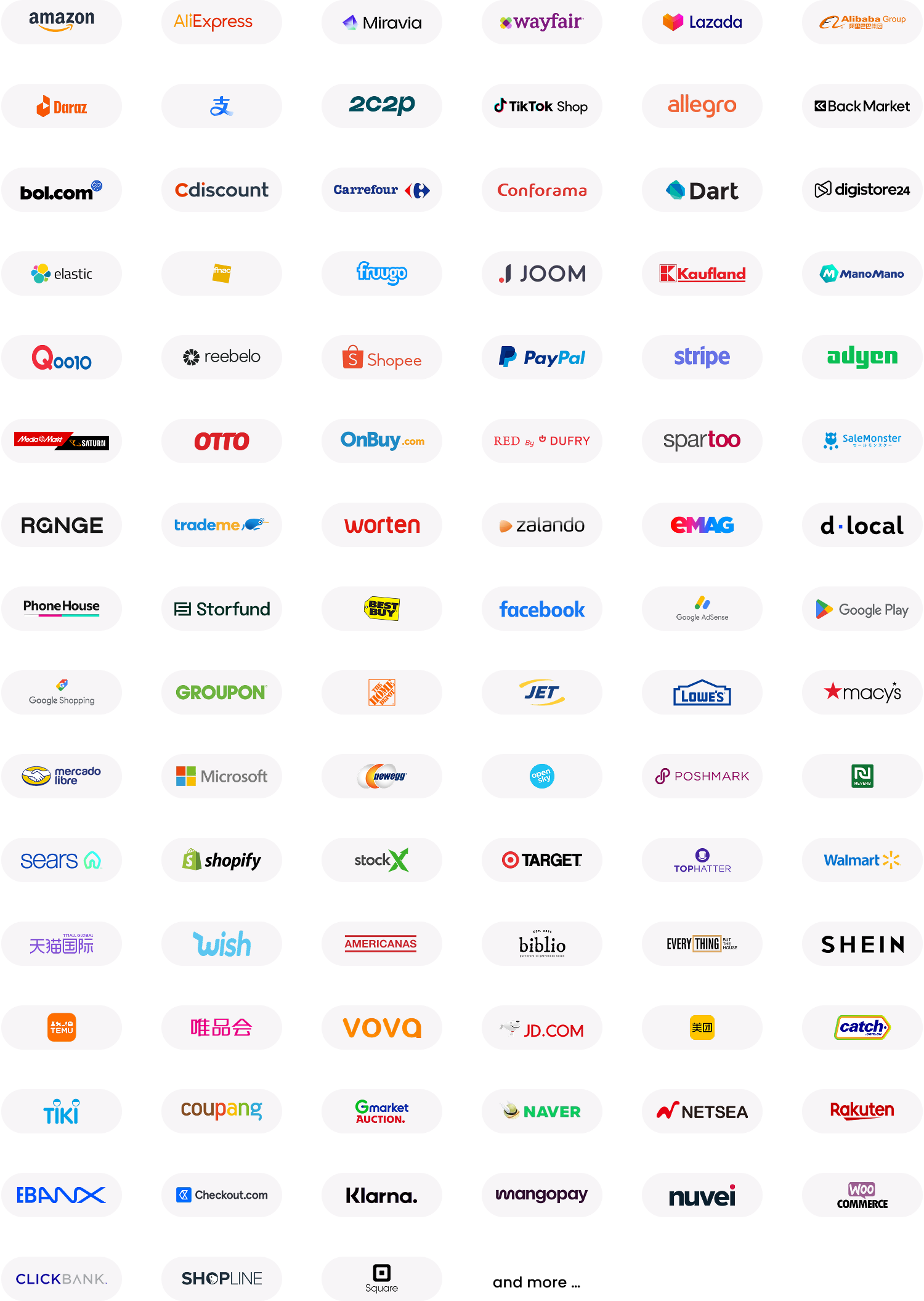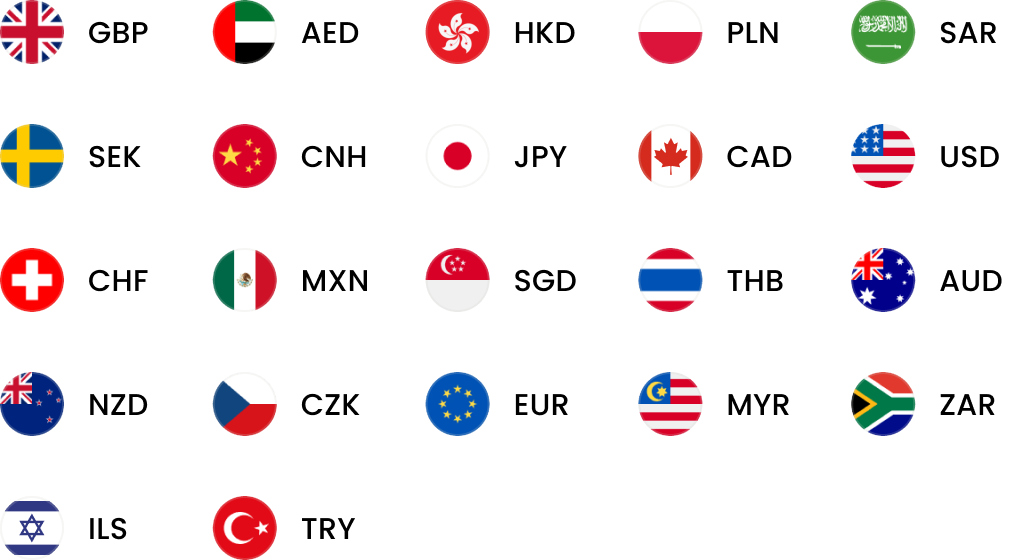Ensuring Amazon success through the holiday season
Your questions about successfully selling on Amazon answered. We explore how merchants like yourself can maximise selling potential on the world’s largest eCommerce marketplace, during the year’s busiest shopping period – and beyond.

The final festive shopping period of the decade is slowly drawing in, and as always, it’s set to be an important time for online marketplace sellers around the world. Over the last five years, the volume of online retail sales has almost tripled from $1.3 trillion in 2014 to a whopping $3.48 trillion in 2019, a growth trend that’s showing no signs of slowing down as the world marches into the ‘20s. For many retailers – both online and offline – Christmas is the most important sales period of the year, and poor sales during this time could even represent a make or break point for the entire business.
Amazon is the world’s largest eCommerce marketplace with net revenue of $232.9 billion in 2018. The site attracts a gargantuan number of merchants looking to sell their products on a local and international scale.
During the 2018 holiday season, Amazon not only saw another record-breaking sales period but perhaps more interestingly, reported that over 50% of items sold on the site came from small and medium-sized businesses. Christmas 2019 represents a massive opportunity for merchants looking to sell on Amazon, but only if they can successfully navigate challenges such as cutthroat competition, Amazon’s search algorithms, international disparities and of course increased customer demand.
That said, it’s definitely not impossible to grasp the Amazon opportunity by the baubles this Christmas if you approach the festive season the right way. Whether you’re a new or experienced merchant, read on for some festive selling tips to help you succeed:
How do new merchants create their seller ecosystem to maximise their selling potential on Amazon?
Christmas or not, it’s never wise to put all of your pigs in one blanket. Don’t build your business around Amazon, but instead, build your marketplace strategy around your existing business as an additional (but important) channel. Maximising your marketplace business is about understanding which of your products will perform on each channel, in this case, Amazon, and which products aren’t. Don’t fall into the trap of trying to go toe-to-toe with competition on low margins for products that sell perfectly well at higher margins on your own eCommerce site. This could result in alienating your clientele elsewhere and even devaluing your products across the board.
What about established merchants? How do they differentiate their products against their new competitors when selling on Amazon?
With so much competition on Amazon (a search for “headphones” for example, returns over 70,000 results), merchants need to differentiate their brands from the countless competition. One popular and effective method is to utilise Amazon Brand Registry, a service that helps to protect brand trademarks and as a result, increase trust with consumers. The second method relies on Enhanced Brand Content and A+ Content, which allows merchants to add rich snippets to their listings, building a brand story, emphasising benefits and side-stepping the free-for-all that private label product sales can become. This is now free providing you have registered the brand.
Which new Amazon features should merchants be aware of this Christmas?
Amazon utilises a search algorithm named A9 to power its online shopfront. A9 is constantly updated to improve the product search experience for consumers, and the most recent trend is sponsored product listings taking precedence, then sponsored brands, then bestsellers, with organic results following suit after these categories. As you can imagine, before you even get to organic SEO listings, a large amount of page real estate has been taken up, putting less established brands at a disadvantage. Essentially, even with effective SEO, it would be very difficult to rank on the first screen of search results relying on that alone, so investing in paid search ads (PPC) is recommended to ensure your products remain discoverable in the most popular categories. This is especially critical during Christmas and other periods of increased traffic.
How should merchants prepare the way they sell and promote their products region to region?
It’s no surprise that different global regions have wildly varying buying preferences and cultural biases about specific brands or products. The lower end of the Chinese market, for example, is well covered by domestic sellers, making it difficult for western merchants to break into this area. However, if you’re a Western seller catering to the luxury end of the market, there’s a much greater opportunity. That said, because “Western” brands are generally perceived as higher quality by the Chinese, it’s always worth continuing to upload your SKU catalogue when trading globally to avoid second-guessing buyer behaviour and doing yourself out of a sale.
Regardless of local cultural variations, ensuring you localise your listings is crucial, as is curating product selection. By understanding which categories are biggest in each region, you can focus your promotion and paid search campaigns on products that you know will sell the best.
- Open 20+ local currency accounts and get paid like a local
- Pay suppliers, partners and staff worldwide in 100+ currencies
- Collect payments for free from 130+ marketplaces and payment gateways, including Amazon, Etsy, PayPal and Shopify
- Save with competitive exchange rates on currency conversions and transfers
- Lock in exchange rates for up to 24 months for cash flow certainty
How are payment methods influencing merchant planning?
Marketplaces tend to dictate the payment methods offered to the end buyer, which are in turn generally influenced by buyer preferences per region. This doesn’t tend to influence the marketplace a seller should choose, but a wider range of payment methods can create friction for sellers.
A great example of this is the eCommerce company Lazada offering cash on delivery in SE Asia. This is highly convenient for the buyer and can increase sales, but order cancellations or failed deliveries creates concerns for the merchant and marketplace. This prompted the company to phase out this payment method in favour of Lazada Wallet, an eWallet that is growing with incredible pace. The success of Lazada Wallet isn’t a one-off – you only need to look as far as PayPal and Alipay, two eWallets that have grown on the back of eBay and Taobao eCommerce marketplaces to see how new alternative methods of payments can gain traction piggybacking off eCommerce giants.
What impacts are there to the supply chain over the holiday season which merchants should be aware of?
The busiest time in the year for eCommerce and marketplaces puts a strain on logistics and postal services too. As the demand for online purchases increases, you need to ensure that delivery doesn’t become a sticking point. Being well catered for globally across multiple carriers in case of challenges such as mail strikes or adverse Winter weather is a necessity. Amazon Prime compounds this problem by offering expedited next-day or two-day shipping based on where you’re based.
Additionally, the number of bank holidays in the US and Europe throughout this period can also create a bit of friction when it comes to supplier payments, especially internationally. For example, USD payments to China could be affected by Thanksgiving or Christmas and may impact supplier relationships. Finally, don’t underestimate the increased demand on your own business. Having flexible additional headcount as a release valve for higher volume periods is advised to maintain a level of customer service and keep your seller accounts in good stead.
How have the return, refund or replace policies changed that customers need to be aware of?
Amazon’s policies are quite universal globally and tend to favour the consumer over the merchant. For example, when dispatching internationally, Amazon’s returns policy states that merchants must offer one of three options: 1) Provide a return address within the country to which it’s being dispatched to, 2) provide a pre-paid return label, or 3) offer a full refund without requesting the item to be returned. Amazon has a number of services to assist buyers looking to return purchased goods if they’re no longer needed or damaged, so its key merchants are aware of these policies.
The big question: Which products will consumers be looking to buy the most this year, and how can online merchants leverage these trends?
It is, of course, difficult to say for certain what the hot product of Christmas 2019 is going to be, but you can look at trends and market research from previous years, as well as forecasts to paint a relatively accurate picture. Toys always do well at Christmas for obvious reasons, but those categories are often tightly policed by marketplaces fearful of children being left with a ‘lump of coal under the tree’ because the merchant has failed to deliver. We’re also seeing a growing movement in US and European markets towards ‘ethical consumerism’, so wellness brands or sellers with environmental credentials may benefit this festive season.
And, don’t forget – what’s trending in one region definitely doesn’t mean it’s a global trend. Even across mainland Europe, shopping preferences vary dramatically – for France, electronics gain a huge bump over the Black Friday and Christmas period, yet its neighbours Germany and the Netherlands focus on fashion. Across the pond over in the USA, Athletics goods are set to be popular. Once again, it stems down to understanding the local culture and preferences.
Having an innate knowledge of your customer base is the number one thing you can do to prepare for success this Christmas, especially on marketplaces like Amazon where your products can quickly and easily be showcased on a global scale. While it’s beneficial to offer your entire SKU catalogue globally, focusing in on key products in key markets will ensure you don’t waste ad budget or efforts in areas where you’re less likely to succeed. Finally, don’t underestimate your international customer base. Ensure you’re set up for international trade and have the right partners and systems in place to make overseas selling as simple as possible.


How to sell on Temu: A guide to global success
Discover all you need to know to sell on Temu. We cover creating a profile, selling globally and choosing a multi-currency account that can support you...
Apr / 2025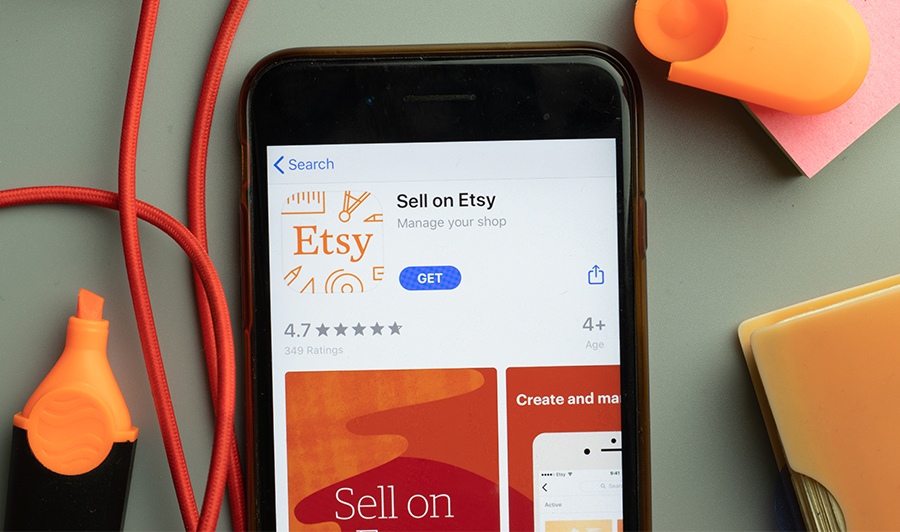
How to get your Etsy listing on the first page
Learn how to perfect your product listings for Etsy’s search engine and make sure your store isn’t overlooked by customers.
Apr / 2025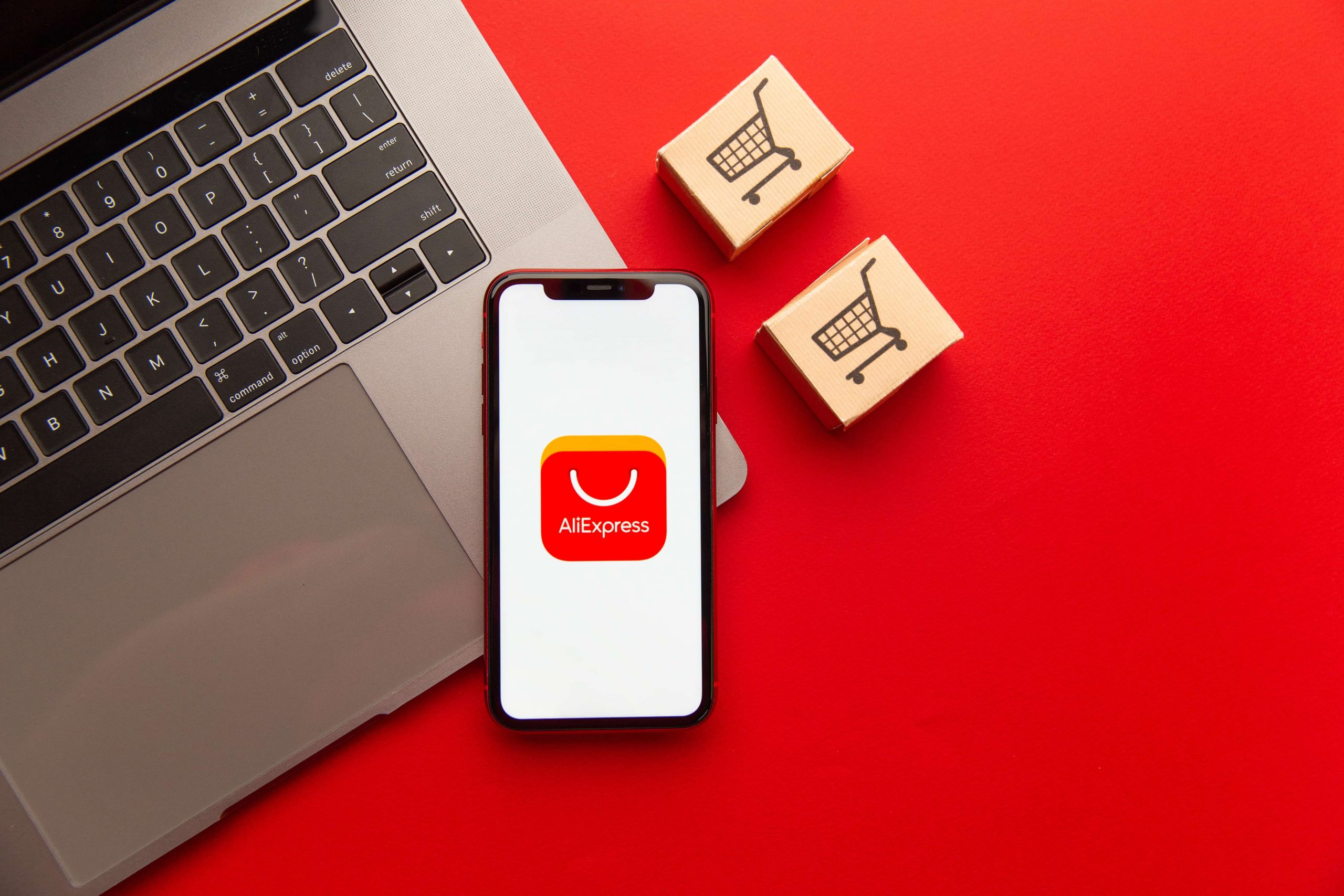
How to Set Up Your AliExpress Dropshipping Business
Learn about how dropshipping works, why source goods from AliExpress and how to grow your dropshipping business
Mar / 2025WorldFirst articles cover strategies to mitigate risk, the latest FX insights, steps towards global expansion and key industry trends. Choose a category, product or service below to find out more.
- Almost 1,000,000 businesses have sent USD$300B around the world with WorldFirst and its partner brands since 2004
- Your money is safeguarded with leading financial institutions
